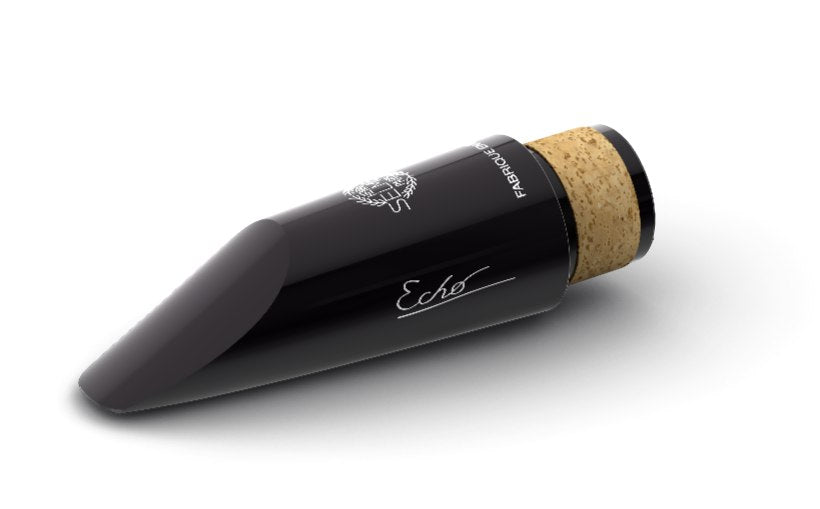Saxophone Reeds Selection Guide
- News
- 10 Aug, 2019
A Saxophone reed is a thin strip of material that vibrates to produce a sound on a Saxophone. Most woodwind instrument reeds are made from Arundo donax ("Giant cane") or synthetic material.

How a Saxophone Reed Works?
All types of saxophones produce sound energy in the same way. The saxophonist blows air through the mouthpiece, causing the reed to vibrate rapidly against the mouthpiece. The air then moves through the saxophone, amplifying the sound until it escapes through the open tone holes.
The reed, in cooperation with the resonances in the air in the instrument, produces an oscillating component of both flow and pressure. Once the air in the saxophone is vibrating, some of the energy is radiated as sound out of the bell and any open holes.
What strength of Reed should I use?
Reeds vary in strength in half measures, the sizes start at 1 ½, 2, 2 ½ , 3, 3 ½, etc. The number refers to how thick the reed is. A thicker reed is more difficult to play but thicker reeds do offer a much better tone production and thus improve the sound of an instrument.
Higher numbers indicate a stiffer reed. The more experienced musicians can provide the breath support and embouchure strength needed to play the strongest reeds, which produce the much-desired dark tone. When a reed is too soft, it sounds too bright and the upper register may be flat.
What is the difference between filled and unfilled reeds?
Filled or French Filed Cut reeds have an extra strip of cane removed in a straight line just below the vamp allowing for more flexibility and a faster response time.
Generally, players who use moderately resistant and darker sounding mouthpieces such as a rubber Ottolink prefer filed reeds. The file allows these resistant mouthpieces to blow more freely and produce a brighter tone.
Players who use easy-blowing and moderate to bright mouthpieces such as a metal Selmer prefer unfilled reeds. Unfilled reeds give the player a darker tone and more resistance.
Saxophone Reeds Selection Chart and Sizes:


























